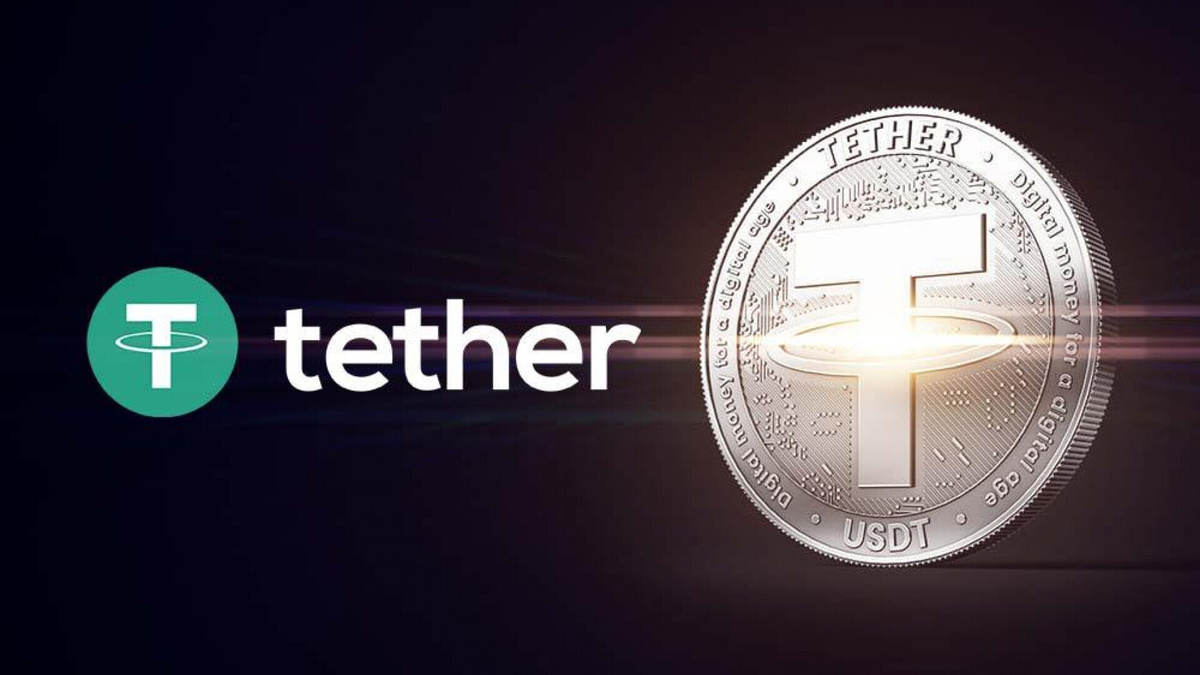Tether, a well-known stablecoin issuer, has announced the launch of its popular stablecoin USDT on the Aptos blockchain. This decision opens up new prospects for both Tether and USDT users.
Advantages of USDT Integration with Aptos
The choice of the Aptos blockchain for USDT integration is driven by several key factors:
- High speed and scalability: Tether representatives note that Aptos offers impressive performance. In May 2024, the network demonstrated record-breaking throughput, processing 157 million transactions in a single day.
- Growing ecosystem: Aptos shows significant growth in its user base. The average number of daily active users increased from 96,000 in January to 170,000 in July 2024.
- Low fees: One of the main advantages of integrating USDT with Aptos is the extremely low transaction fees, which amount to less than a cent. This makes the platform attractive for both microtransactions and large-scale corporate operations.
Strategic Goals and Implications
The launch of USDT on the Aptos network has a number of strategic goals and implications:
- Increased accessibility: Tether’s management emphasizes that this collaboration aims to increase the accessibility of USDT stablecoins for users with different income levels.
- Ecosystem optimization: Recently, Tether discontinued USDT support on Algorand and EOS networks, explaining this as a need to «maintain balance in its ecosystem». The company stated its intention to cooperate with networks that «support innovation in the crypto space».
- Expanded usage: Low fees and high transaction speeds can contribute to a wider adoption of USDT in everyday financial operations.
- Competition in the stablecoin market: This move can strengthen Tether’s position in the competitive struggle with other stablecoin issuers.
The launch of USDT on the Aptos blockchain demonstrates Tether’s commitment to innovation and adaptation to the changing needs of the cryptocurrency market. This decision can have a significant impact on the stablecoin ecosystem and contribute to the further development of decentralized finance.
You might be interested in:

16.10.2025
Nigeria to impose 15% tax on cryptocurrency trading profits from 2026
Starting in January 2026, Nigeria will introduce a 15% tax on profits from trading cryptocurrency and other virtual assets. The new law aims to legalize the digital market, increase transparency, and attract investment into the country's economy.

12.10.2025
Rising demand for Bitcoin and gold: JPMorgan analysts predict the BTC price to reach $165,000 by the end of the year
JPMorgan analysts predict Bitcoin will rise to $165,000 by the end of the year amid rising gold prices and increased capital inflows into ETFs. Find out why BTC is becoming a digital equivalent of gold and attracting major investors.

06.10.2025
Stablecoin market capitalization exceeds $300 billion: market moves toward diversification
The stablecoin market capitalization exceeded $300 billion for the first time, with USDT and USDC leading the way with market capitalizations of $176.25 billion and $74 billion, respectively. New players, including MetaMask with its mUSD stablecoin, are contributing to market diversification and expanding opportunities for investors.

02.10.2025
Thailand prepares to allow the launch of altcoin-linked ETFs
The Securities and Exchange Commission of Thailand (SEC) plans to authorize the launch of exchange-traded funds (ETFs) linked to altcoins such as ETH, SOL, and other crypto assets. These new funds could launch as early as 2026, expanding investment options for Thai investors and reducing risks in the crypto market.


